The day before I headed home to England Brigitte took me on a trip to the Old Town of Chur

A short ride on a train and we were there.



A wonderful view of the river that runs through the town.

Above is the entrance into the Old Town of Chur.
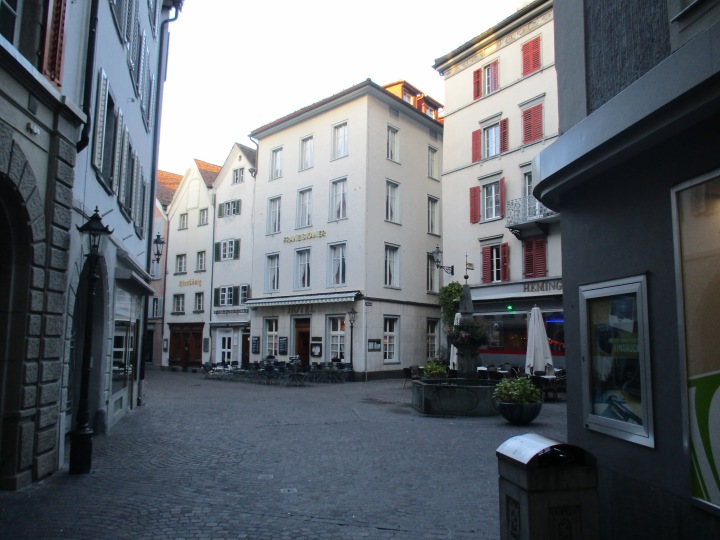
Enter under the arch into a different time of cobbled streets and beautiful buildings.

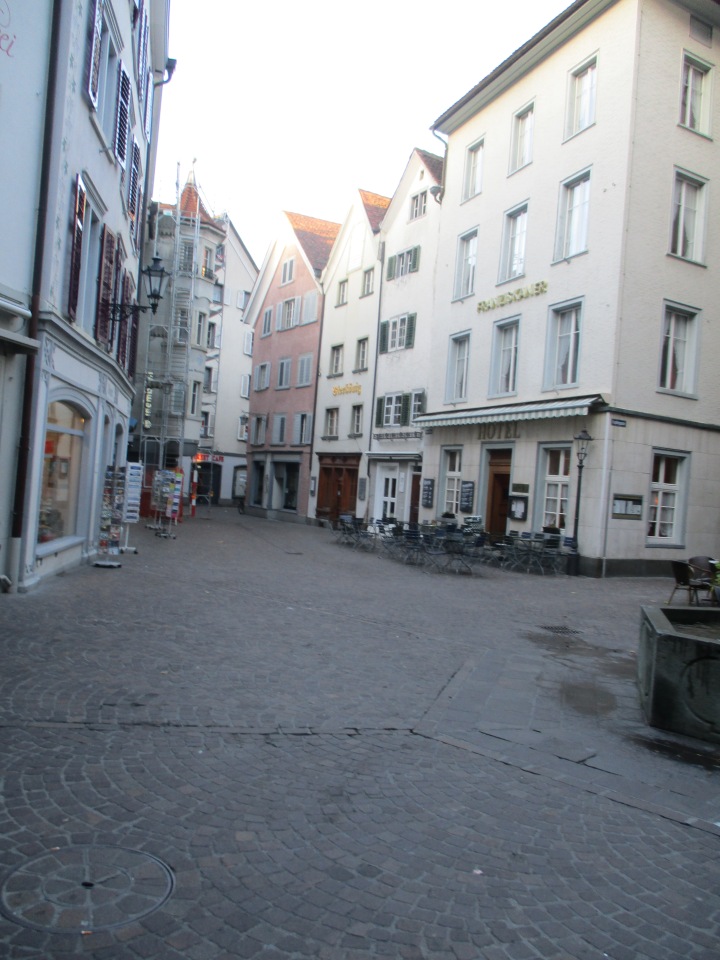

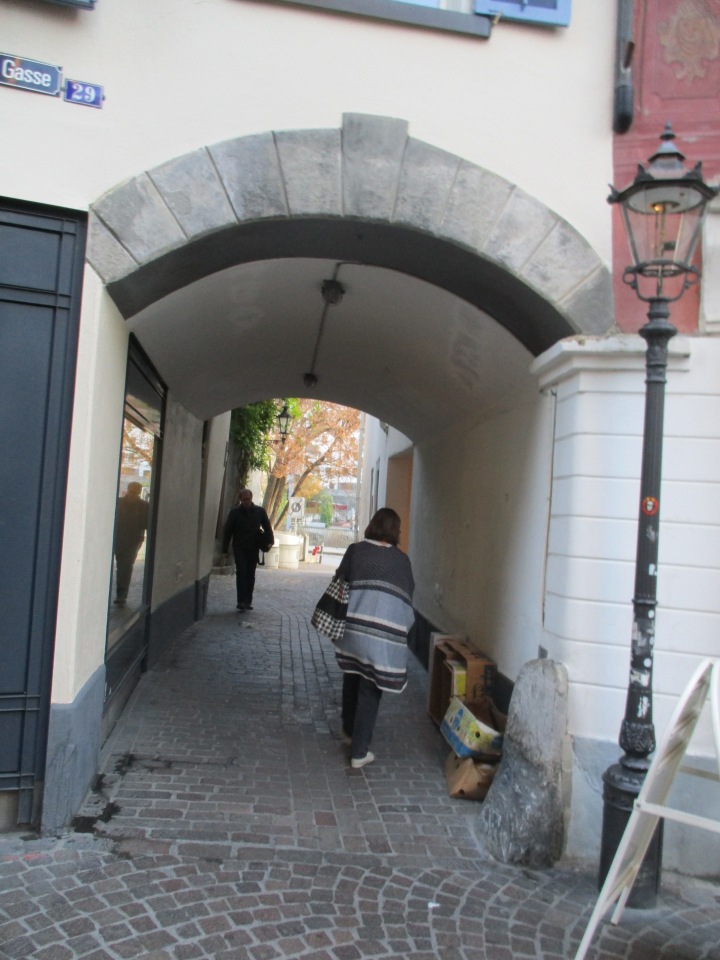
Under another archway to some very old and charming building’s
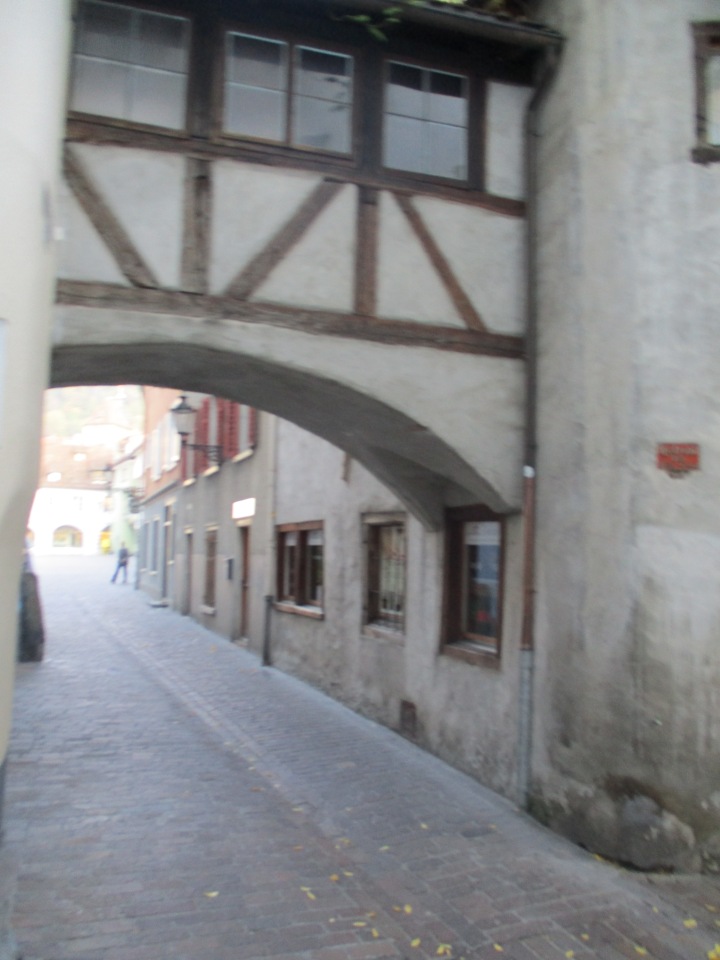
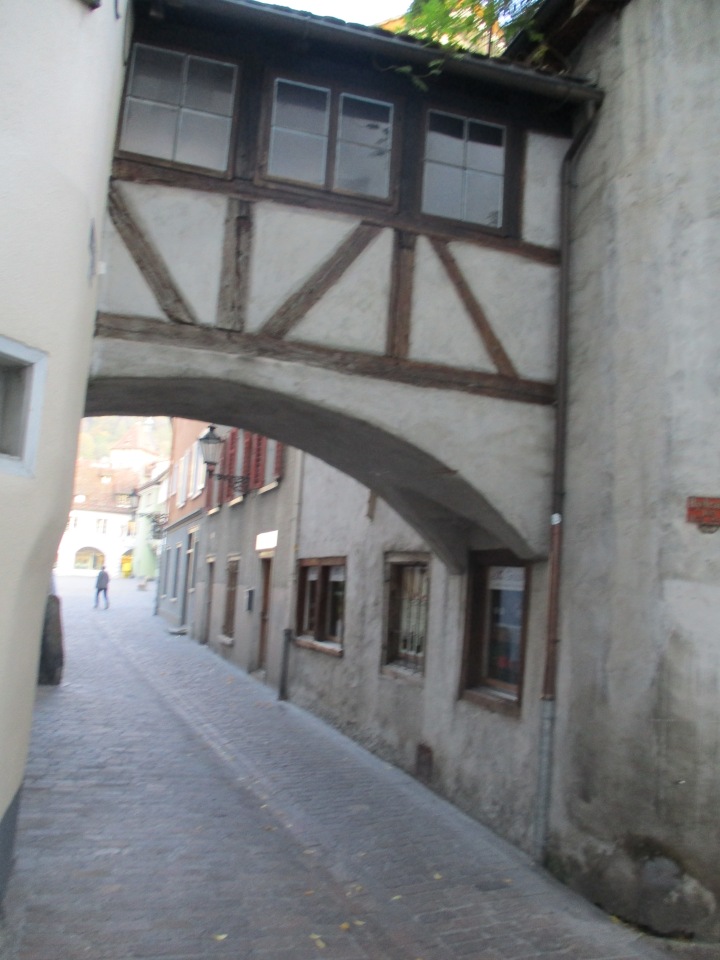

Into the wonderful court yard

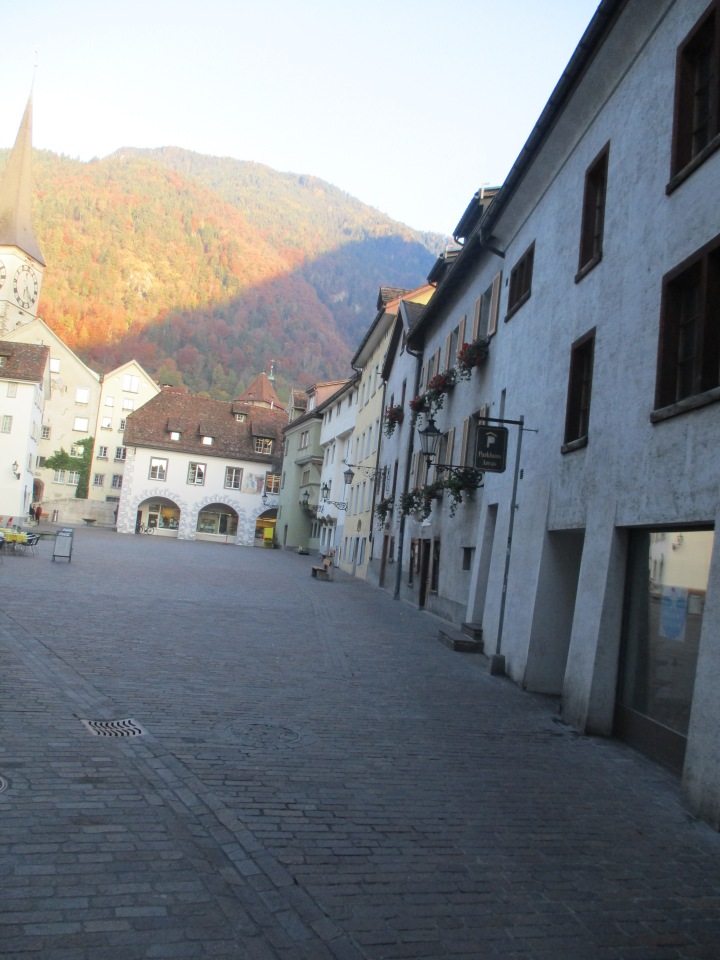
Above: If you look in front of the buildings on the right hand side of this photo on the floor. It is possible to see 3 rows of bricks outlined on the floor. This would have been where houses once stood creating a small alleyway in between the houses. The houses that stood there were demolished and the area is now where a market is held.
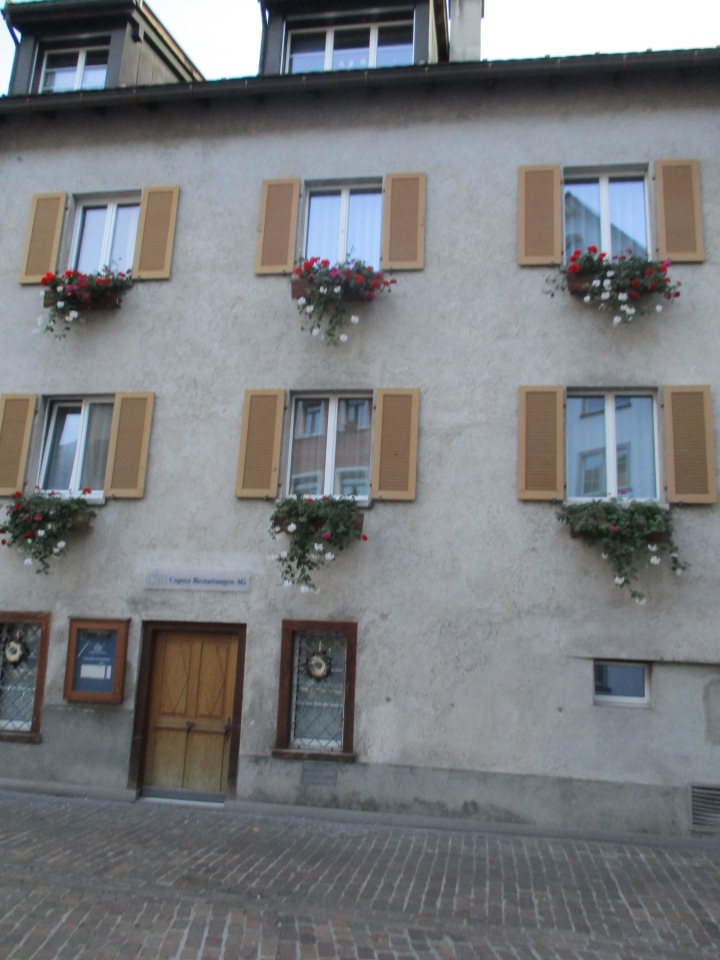
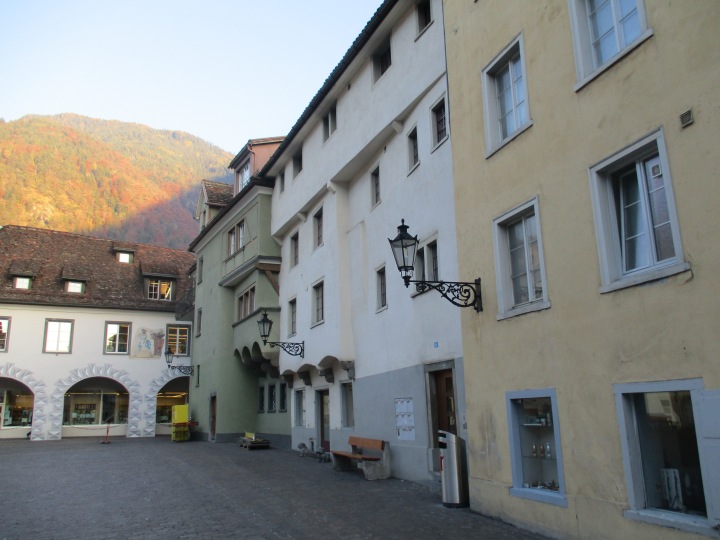
Above: The old gas lamps still remain but they have been changed to electricity.
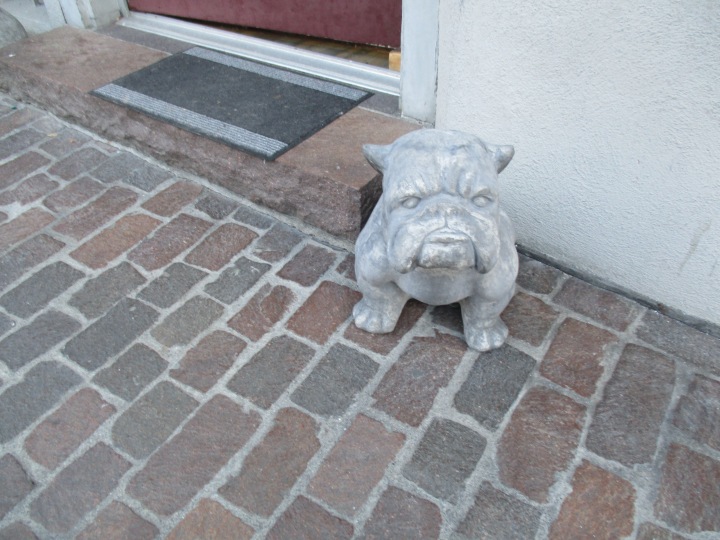
This little fellow reminded me of a British Bulldog

A rather amusing fountain

Above: The same family had lived in this house for generations and their family crests adorn the walls.

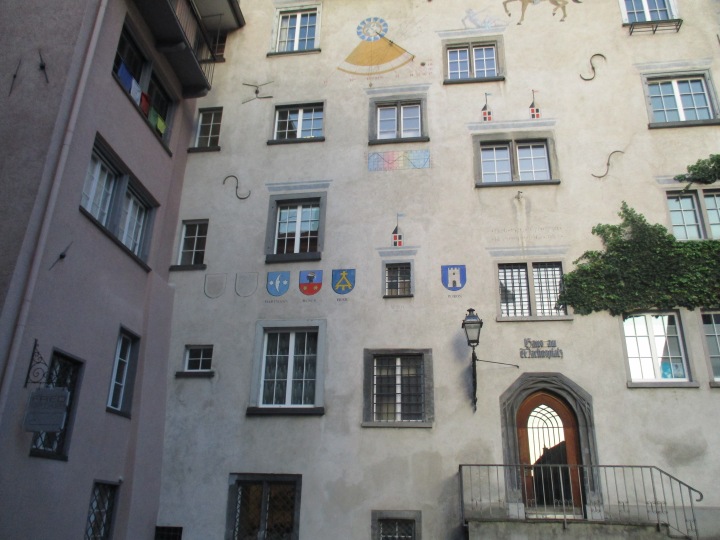

Up the slope we went



The Bärenloch, or “bear hole”, is one of the most enchanted places in the city of Chur – and at the same time one of the best preserved parts of the Old Town. The origin of this name, given to the two interior courtyards between Arcas Platz and Kirchgasse, is unknown – yet it is an appropriate description all the same. However, in ancient documents the dark Bärenloch is referred to as “curschellas”, a late Latin term simply meaning “small courtyard rooms”. Indeed, the two rooms still seem small and cramped to this day, thus making the Bärenloch a good example of the living situation in late Medieval Chur.
It is said that Bears were captured and kept here.

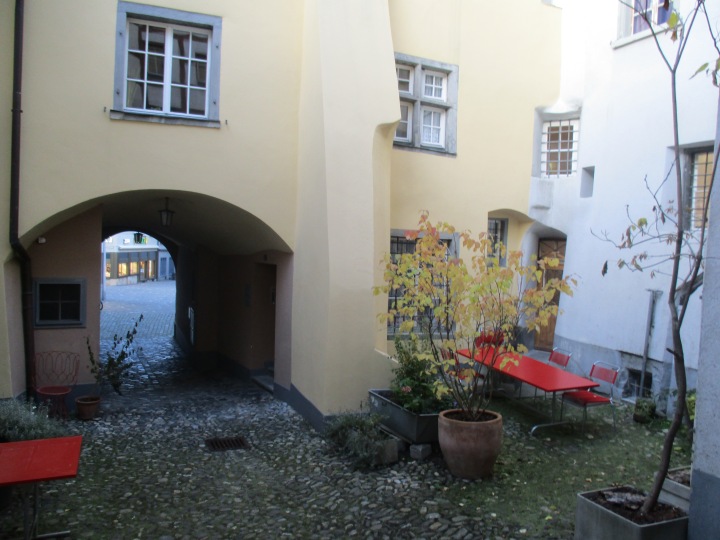

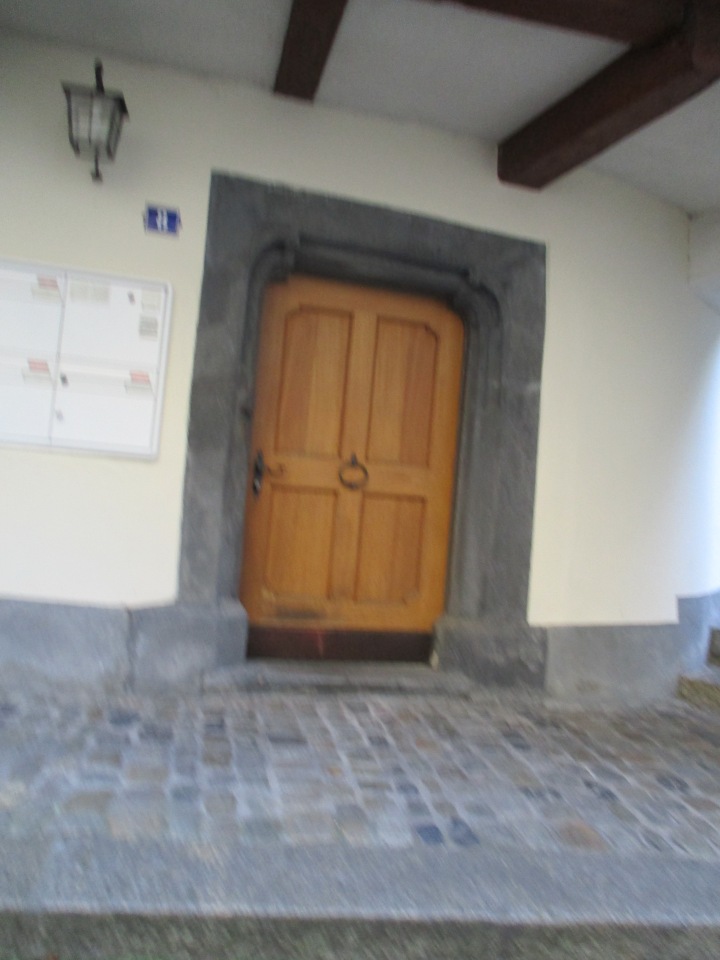



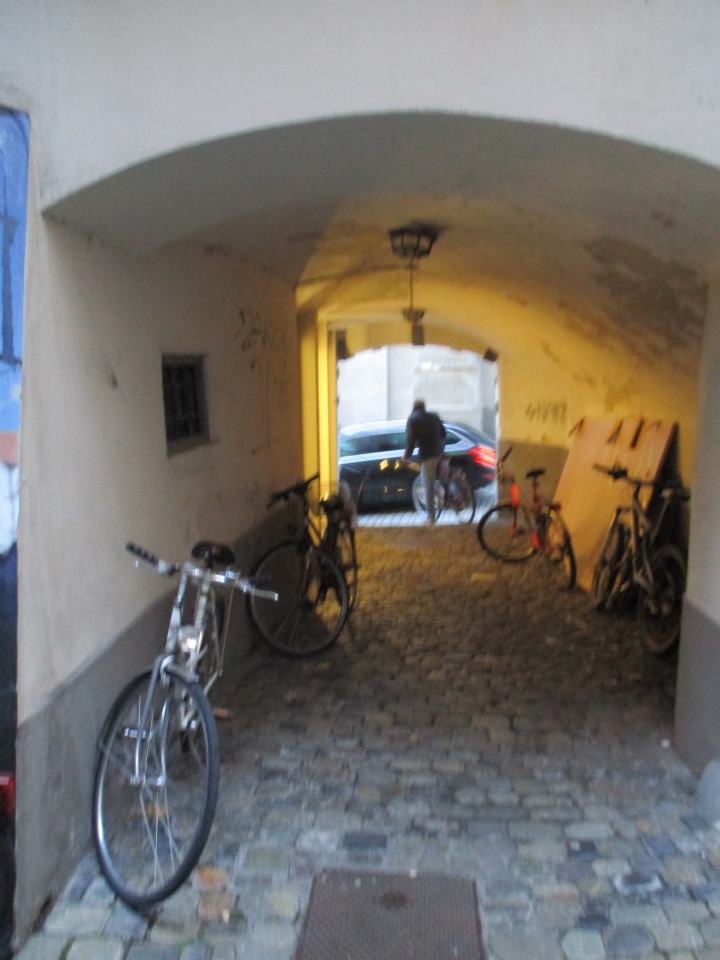
Once out f the other side we made our way up the hill. encountering many more beautiful buildings along the way

The St. Martin’s square lies in the oldest part of Chur, midway between the two towers, the Obertor and the Untertor, thus forming part of the historical north-south route through the inner city. It is dominated by the Kirche St. Martin. The Martinsbrunnen dates from 1716. Its basin is adorned with signs of the zodiac. Apart from the sign-holder and the columns, the fountain is still in its original state.


Below:
The oldest city in Switzerland can be experienced through touch due to the historic centre tactile model. The model helps people who are blind and vision-impaired to get an idea of what the Chur historic centre is like. At the same time, it is a useful tool for city tours and an attraction for children. The bronze model is located in the Chur city centre on Martinsplatz. The 1:500 stands on a concrete base and is also accessible to wheelchair drivers. The names of the most important buildings are in letters and in braille for the blind.



St. Martin’s Church was originally a Romanesque church built in the 8th century and consecrated in 769 AD. It was named after St. Martin, Bishop of Tours. The church was largely destroyed during the great fire of 1464. It was rebuilt in late Gothic style and reused parts of its Carolingian predecessor. Construction was completed in 1491 and it is the largest late-Gothic building in Graubünden. This church in the Old Town was a centre and base for the Reformation in Chur from 1523. Since 1919, the three glass windows by artist Augusto Giacometti have been a special feature of this church. They depict the Christmas story.

We were about to enter the Catholic area which at one time had been completely walled off from the rest of the town.



The fortifications surrounding Chur’s Episcopal Courtyard make it look like a miniature town, high above the city. In the centre of the courtyard stands the late Romanesque cathedral, which was finally completed in 1272 after a construction period lasting over a century. Built around it are the Episcopal Castle and the canons’ houses.



Below the door to the Bishop’s residence.

Below: The Cathedral of Mary’s Ascension is the focal point of Chur’s Bishop’s Court. This diocese dates back to late Roman times, making this the oldest still functioning bishopric north of the Alps.

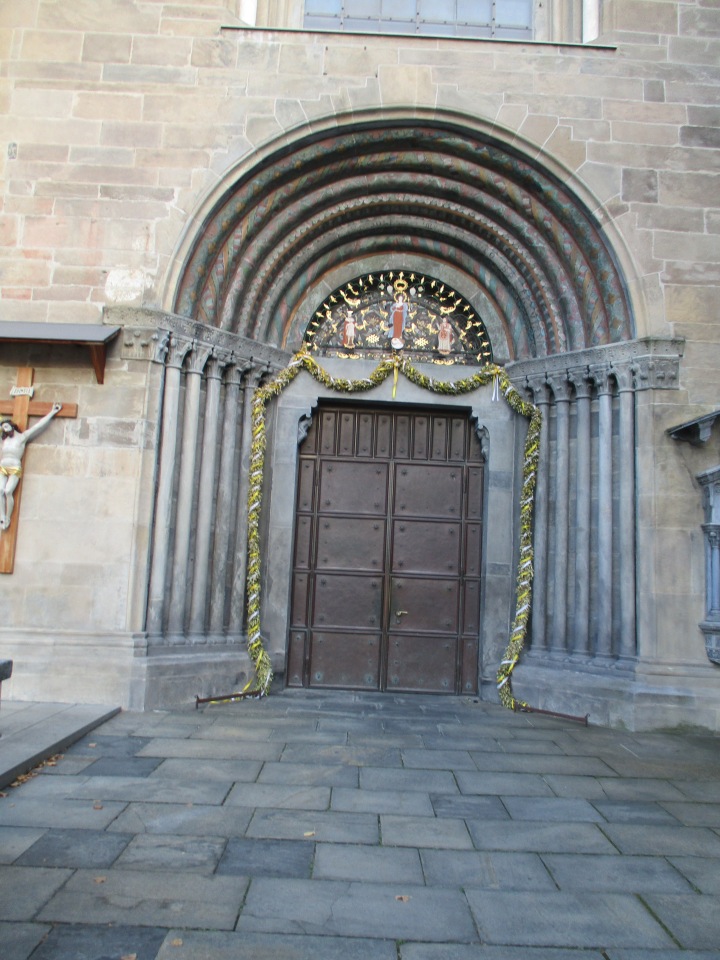
During the Protestant Reformation, the Catholic church and its adherents were exiled within this court for 300 years, conducting their lives and worship entirely cut off from the rest of the city. In the 19th century more tolerant views prevailed. The cathedral itself was founded in 1151 and bears a mixture of architectural styles, primarily Romanesque. Its grey stone, called scalära, is a common building material throughout Graubünden.

It was very dark inside the Cathedral so I apologise for the poor quality of the photos.



We left the church and made our way back down the hill.


Below the Town Hall


Below a beautiful door way and a measuring rod used for measuring fabric.

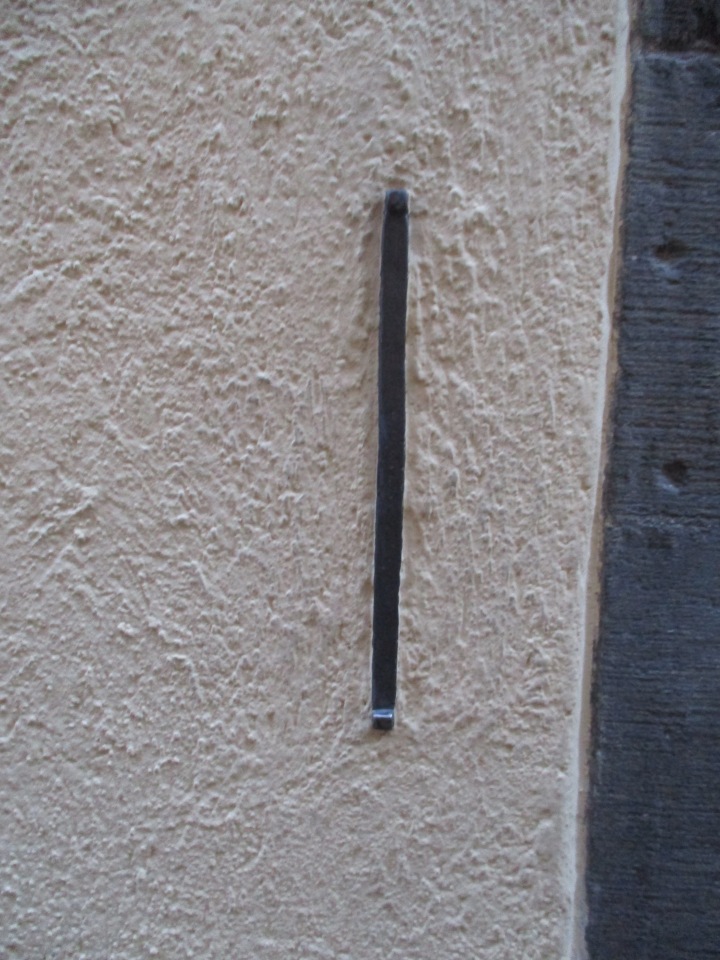
We walked through some more cobbled streets and looked at the shop windows.


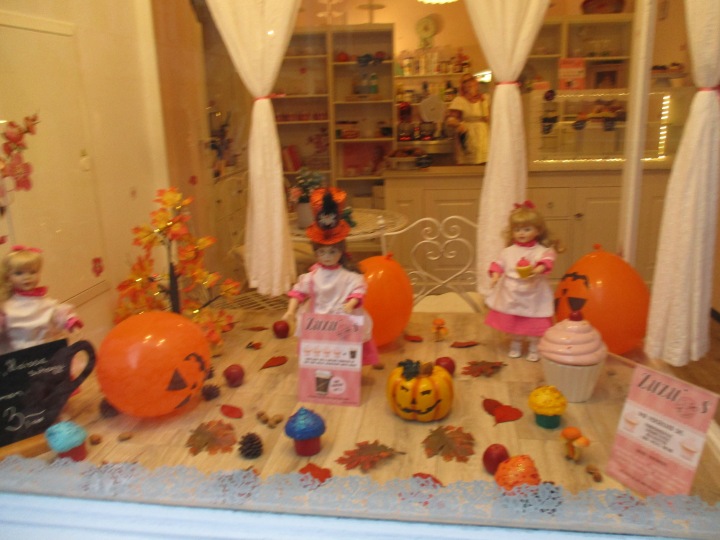
Cupcakes for Halloween

Above a Carafe for a wine shop


Below A shop window for the famous artist Giger

H.R. Giger achieved world renown with his “creation” of the “Alien”.
We walked down to the main town

Passing some interesting art along the way
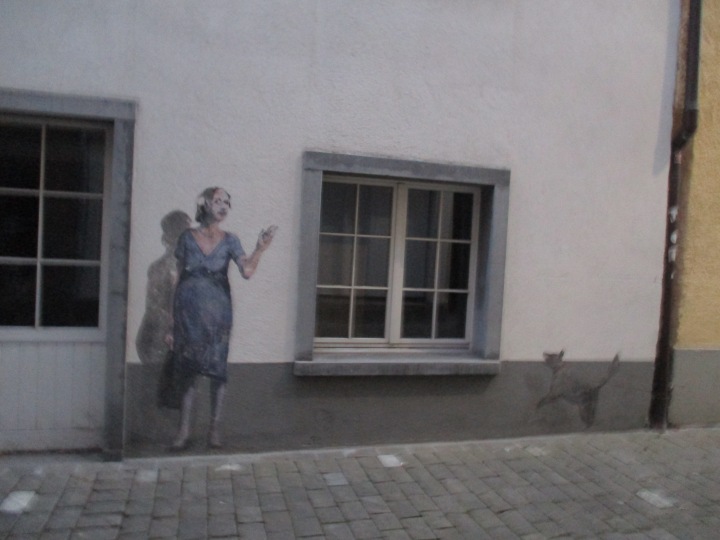


Below:
The Swiss saying, “The post is here”, is underscored architecturally in Chur in a striking fashion. The post office building, designed by architects Jean Béguin and Theodor Gohl, was constructed between 1902 and 1904 and is the largest Neo-Renaissance edifice in the city. The fact that it also bears a resemblance to other post office buildings in Switzerland is no coincidence; at that time, the so-called “Federal Renaissance” was strongly promoted by the Swiss government. The imposing appearance of the building is further enhanced by the intricate decoration on the façades and the figures on the roof by Geneva artist James Vibert.

Below: Large and grey, yet friendly – that sums up the building constructed by St. Moritz architect Nicolaus Hartmann between 1907 und 1910. While its grey, starkly structured façades give the building a majestic appearance, thanks to its large forecourt it is not overpowering. The architecture is an expression of the so-called “Bündner Heimatstil”, a movement that took up and developed the traditional style of building of the region. The prestigious yet agreeable administration building is regarded as one of the movement’s most significant works.

The light had begun to fade and we made our way back to the station.

These last couple of photos I wanted to post because as a teenager the place to buy clothes for me was C & A. In particular their Clock House range , which we no longer have in England, so I was very happy to visit the C & A store and experience the Clock House range once more.


Thanks for looking at this post.
Thank you for this wonderful tour through old Chur, I loved seeing all the architecture and reading about the different places you visited. It is such a charming town.
LikeLike
Thank you Janet I am glad you enjoyed itx
LikeLike
Fascinating tour, and funny also to see ‘C & A’ shop! The buildings remind me a bit of some I saw in Germany four years ago. Loved seeing all the different doors as well.
LikeLike
Thanks Lorraine it is a beautiful town
LikeLike
Theresa, your shared Swiss trip has been informative and beautiful. In fact, I enjoyed every step you and Brigitte took and it save me sore, tired feet.
LikeLike
Thanks, Theresa, for taking me along with you and Brigitte on your trip to Chur, Switzerland. I thoroughly enjoyed it. Are you coming to Sasha Festival next month? Hope so. I have a favor to ask you by private email, which I’ll send this morning. Hugs, Anne
LikeLike
Hi Anne unfortunately I will not be going to the Festival this year, but I am hopeful for next year. I will check my emails xx
LikeLike